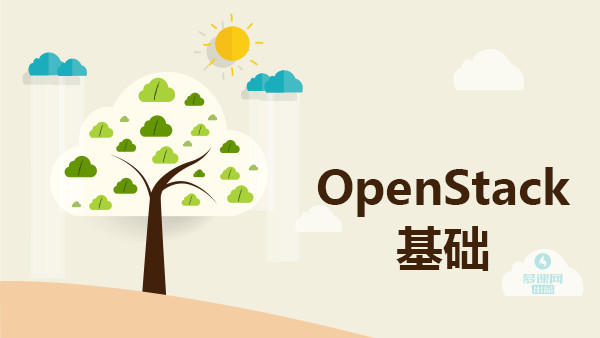最近在学习大数据相关的算法,写了很多关于算法方面的博文(怪咖科学),希望也能在慕课网上跟大家分享学习的一些技巧和经验。
问题:现在有一个很大的数据,假设有几千万条但不知道具体有多少条,如何在只遍历一次的情况下,随机取出其中K条数据?
- 思路:
1.可以将此问题抽象为蓄水池抽样问题。即,先把读取到的前K条数据放入列表中,对于第K+1个对象,以K/(K+1)的概率选择该对象;对于第K+2个对象,以K/(K+2)的概率选择该对象;以此类推,以K/M的概率选择第M个对象(M>K)。如果M被选中,则随机替换列表中的一个对象。如果数据总量N无穷大,则每个对象被选中的概率将均为K/N。
2.设计Mapper:首先要在setup中初始化K的值,也就是随机抽样的个数,然后在map中记录此刻传进来的值在数据流中的位置row,如果row小于K,就将此条数据放入列表中;如果row大于K,则随机生成一个0到row之间的数m,如果m小于K,则将此条数据替换列表中第m条数据,否则不替换。
当所有数据经过map后就得到了一个大小为K的列表,这个列表就是我们随机得到的数据。如果数据量小于一个split的大小,则可以省略Reduce过程,直接在cleanup中输出到HDFS。
public class MyMapper extends Mapper<Object, Text, Text, NullWritable>{
Logger log = LoggerFactory.getLogger(MyMapper.class);
private int row = 0;
private int k=0;
private ArrayList<Text> result = new ArrayList<>();
@Override
protected void setup(Mapper<Object, Text, Text, NullWritable>.Context context)
throws IOException, InterruptedException {
k = context.getConfiguration().getInt("k", 3);
}
@Override
protected void map(Object key, Text value, Context context)
throws IOException, InterruptedException {
row++;
if(row <= k){
result.add(new Text(value));
}
else{
int p = randI(row);
if(p < k){
result.set(p, new Text(value));
}
}
}
/***
*
* @param max
* @return
*/
Random random = new Random();
private int randI(int max) {
return random.nextInt(max);
}
@Override
protected void cleanup(Context context)
throws IOException, InterruptedException {
for(int i=0;i<result.size();i++)
context.write(result.get(i),NullWritable.get());
}
}- 设计Reduce:由于数据量非常大,假设我们有m个map,则经过Mapper之后,我们会得到一个mK大小的列表到Reduce中。因此,只需在Reduce中编写从mK的列表中随机选取K条数据即可。
public class MyReducer extends Reducer<Text, NullWritable, Text, NullWritable>{ private int row = 0; private int k=0; private ArrayList<Text> result = new ArrayList<>(); @Override protected void setup(Context context) throws IOException, InterruptedException { k = context.getConfiguration().getInt("k", 3); } @Override protected void reduce(Text key, Iterable<NullWritable> values, Context context) throws IOException, InterruptedException { row++; if(row <= k){ result.add(new Text(key)); } else{ int p = randI(row); if(p < k){ result.set(p, new Text(key)); } } } /*** * * @param max * @return */ Random random = new Random(); private int randI(int max) { return random.nextInt(max); } @Override protected void cleanup(Context context) throws IOException, InterruptedException { for(int i=0;i<result.size();i++) context.write(result.get(i),NullWritable.get()); } }可以观察到,reduce的代码和map的代码基本一致,因此,当数据量小于一个block(128M)(没有手动设置split大小的情况下),可以只写一个map即可。由于问题中是假设的数据量非常大,所以在这里需要添加上reduce。



 随时随地看视频
随时随地看视频



